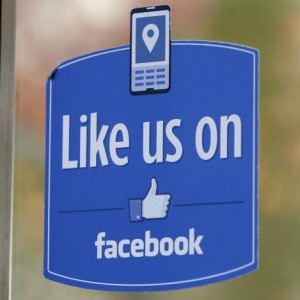“The most important difference between big and small companies is the amount of time running versus creating. A desire to do more creating is the right reason to want to join your [small] company” writes Ben Horowitz in book ‘The Hard Thing About Hard Things‘.
 Of course, creativity is essential to the success of small companies because they need to be agile and respond to the needs of the marketplace to survive. Creating something is intrinsically part of their DNA. Large companies prefer the comfort of predictability and will often discourage too highly creative endeavors even if they profess to foster innovation. This is of course an issue for creative companies that grow too fast and might become bureaucratic before they realize it. It must be a constant challenge at Facebook or Google to maintain a creative atmosphere in spite of the rapidly increasing size of the organization.
Of course, creativity is essential to the success of small companies because they need to be agile and respond to the needs of the marketplace to survive. Creating something is intrinsically part of their DNA. Large companies prefer the comfort of predictability and will often discourage too highly creative endeavors even if they profess to foster innovation. This is of course an issue for creative companies that grow too fast and might become bureaucratic before they realize it. It must be a constant challenge at Facebook or Google to maintain a creative atmosphere in spite of the rapidly increasing size of the organization.
Another reason is that it is more difficult to work as a cross functional team in large organizations that in small companies, and you need to ask permission before doing anything like this. Creativity comes from mixing ideas and viewpoints, hence it is fostered naturally in small organizations where everyone works together.
Finally, creative people will then possibly find more satisfaction when working in small organizational structures. With the Fourth Revolution, small organizational structures become much more viable. Hence staying creative will remain easier in the Collaborative Age.











